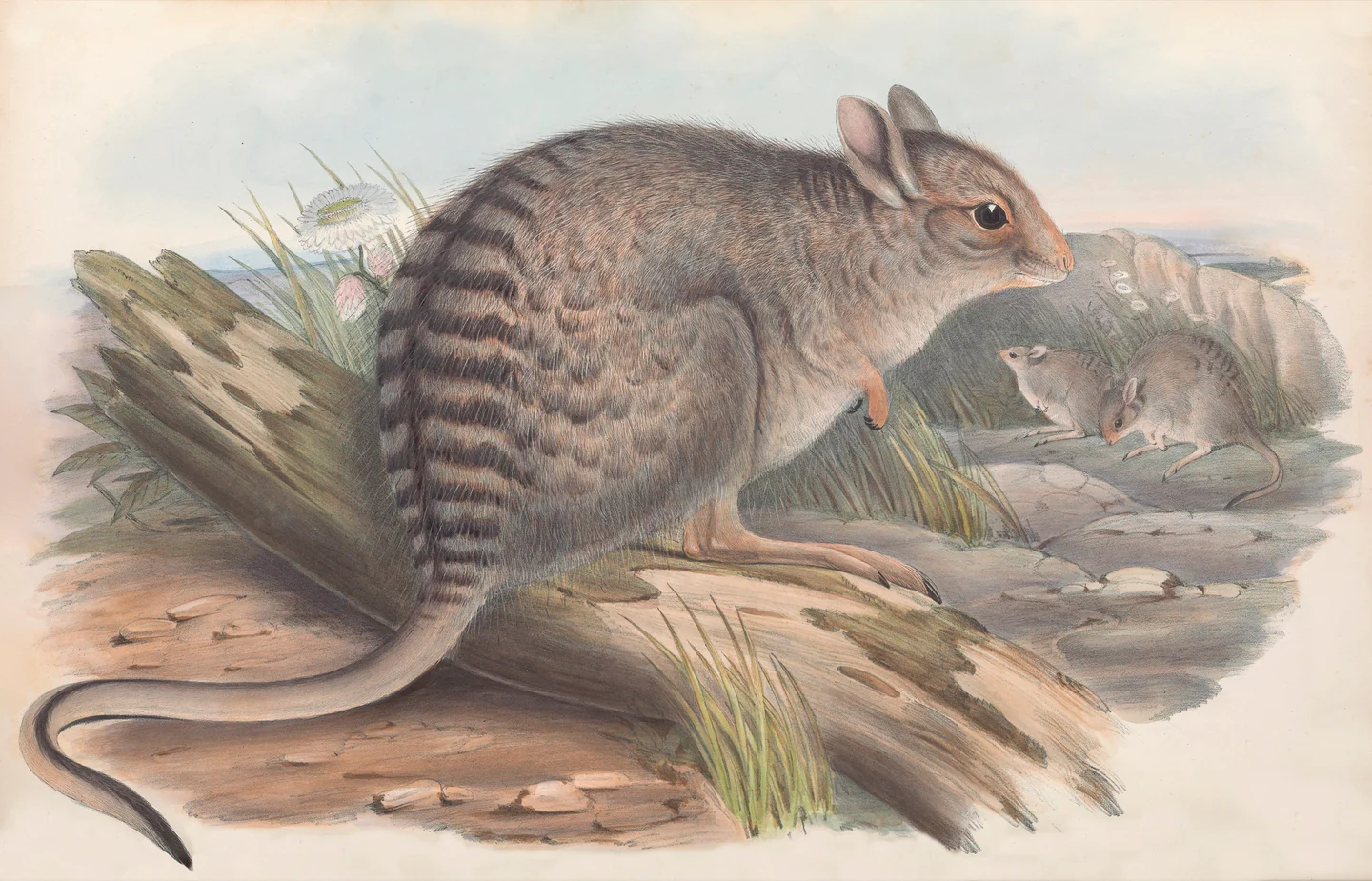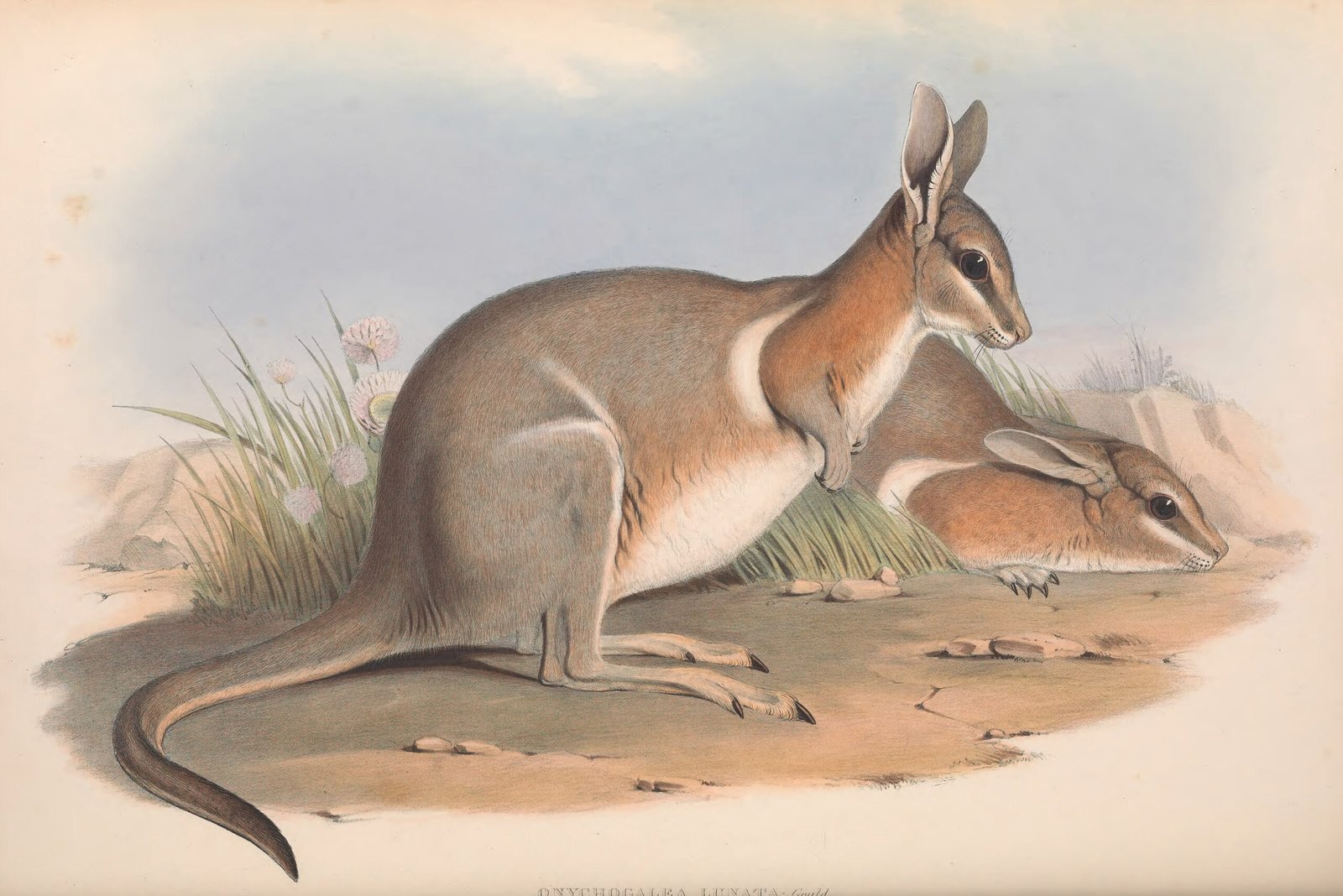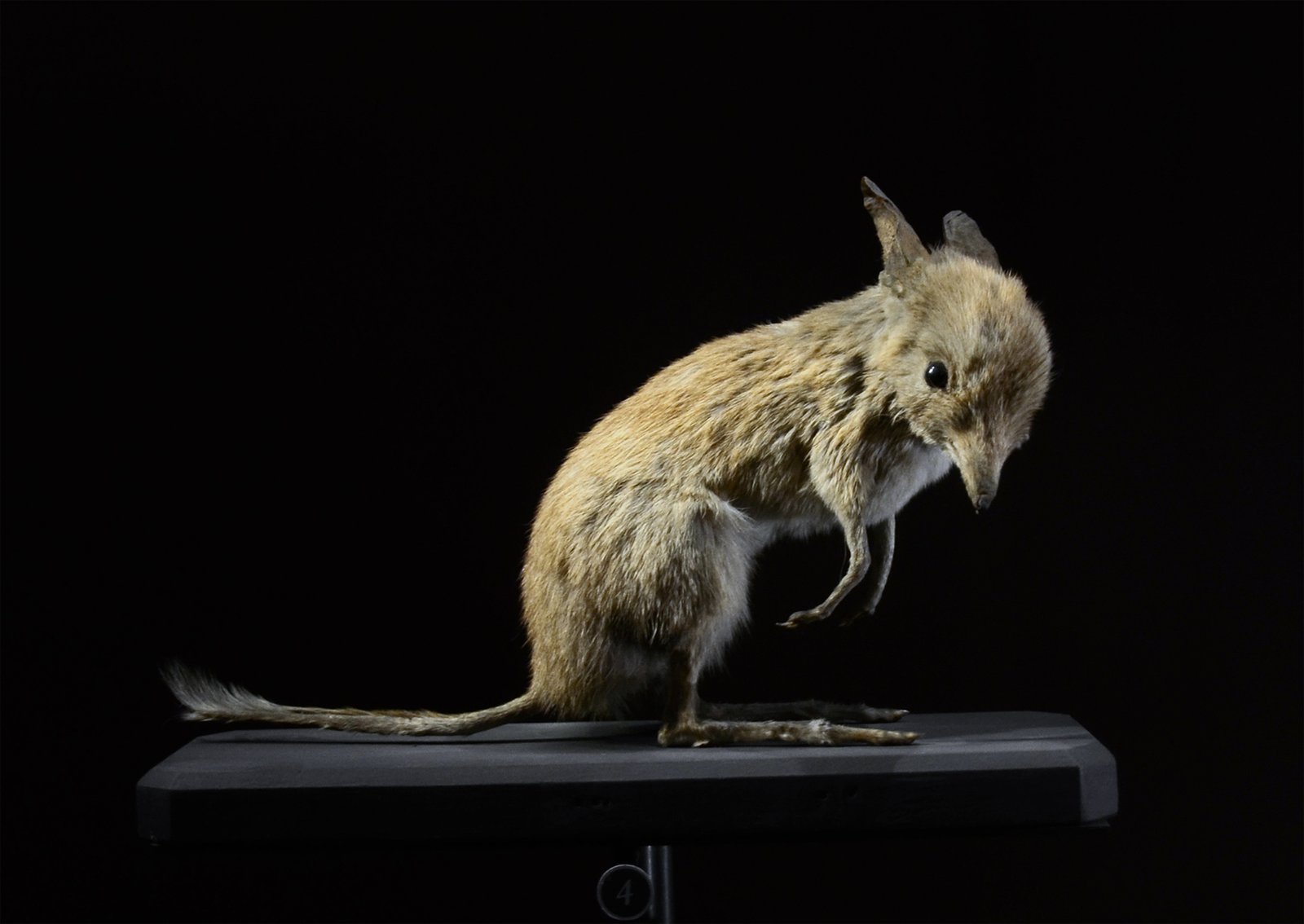Exploring the Eastern Hare-Wallaby: Australia’s Extinct Nocturnal Grazer
Introduction:
The Eastern Hare-Wallaby, scientifically known as Lagorchestes leporides, was a small marsupial that inhabited the grasslands and open woodlands of eastern Australia. Known for its hare-like appearance and nocturnal habits, this agile wallaby was once a common sight in its native habitat. However, due to habitat loss, predation by introduced species, and changes in land use, the Eastern Hare-Wallaby was declared extinct in the early 20th century. Its disappearance highlights the delicate balance of Australia’s ecosystems and the impact of human activities.
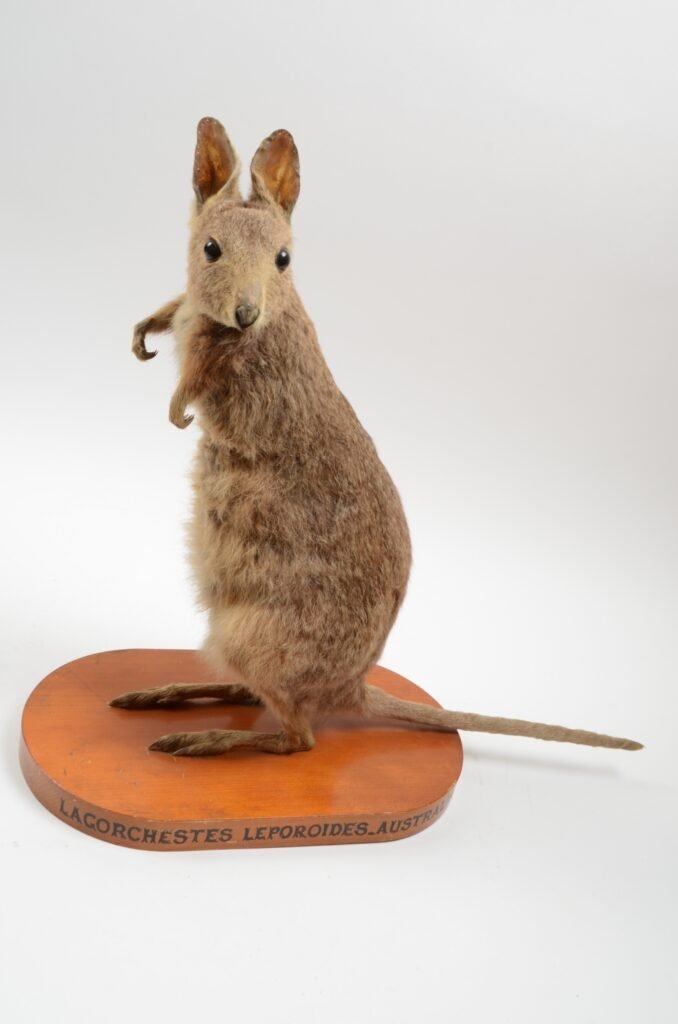
Facts:
| Attribute | Details |
|---|---|
| Scientific Name | Lagorchestes leporides |
| Common Names | Eastern Hare-Wallaby |
| Year Declared Extinct | Early 20th century |
| Kingdom | Animalia |
| Phylum | Chordata |
| Class | Mammalia |
| Order | Diprotodontia |
| Family | Macropodidae |
| Genus | Lagorchestes |
| Species | L. leporides |
| Natural History and Origin | Native to the grasslands and open woodlands of eastern Australia |
| Physical Information | Small size, about 45-55 cm in length |
| Appearance | Grey-brown fur, long ears, and a slender build |
| Scientist Names | Described by early European explorers and naturalists |
| Region | Eastern Australia |
Appearance:
The Eastern Hare-Wallaby was a small marsupial, measuring about 45-55 cm in body length with a tail of similar length. It had grey-brown fur, long ears, and a slender build, resembling a hare in both appearance and movement. Its powerful hind legs were adapted for hopping, while its long ears helped detect predators.
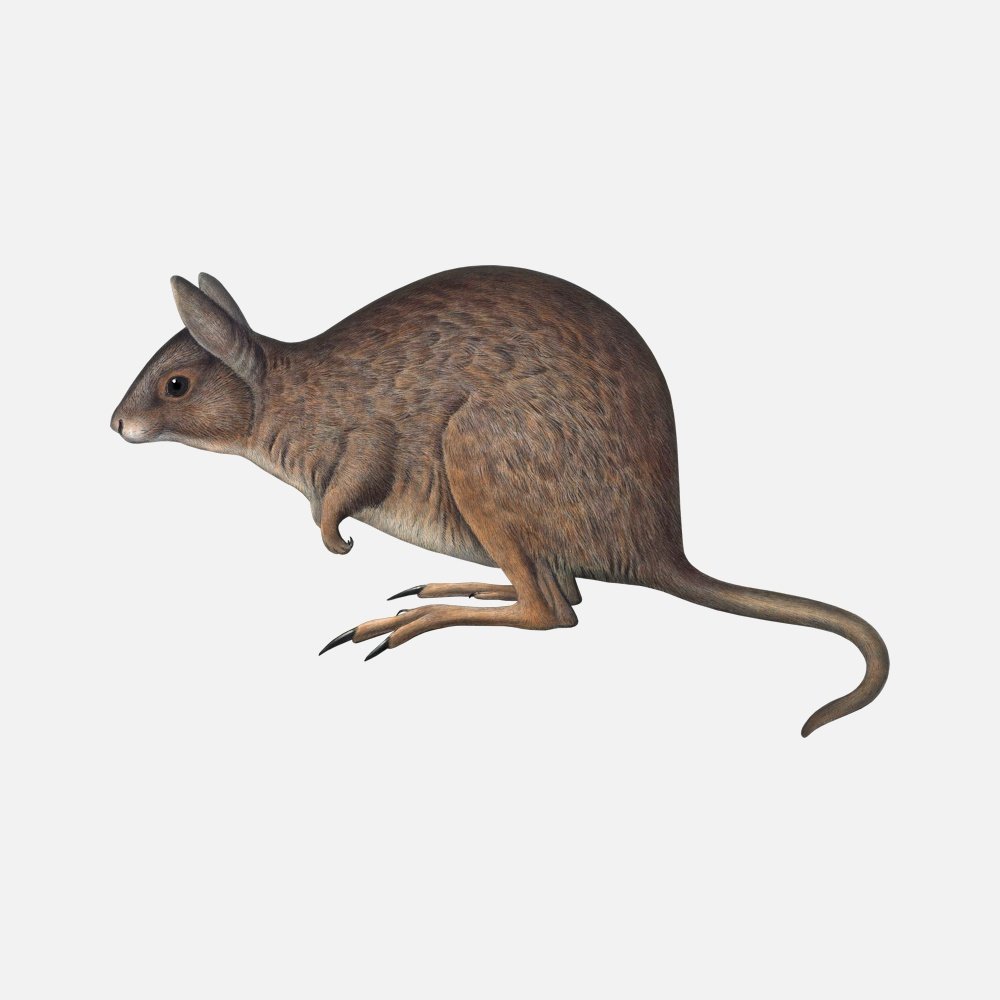
Distribution:
Historically, the Eastern Hare-Wallaby inhabited the grasslands and open woodlands of eastern Australia. Its range included areas with dense grasses and low shrubs, which provided food and shelter.
Habits and Lifestyle:
The Eastern Hare-Wallaby was primarily nocturnal, foraging for food during the night and resting in concealed nests or burrows during the day to avoid the heat. It was a solitary animal, although it might have interacted with other individuals during the breeding season. The wallaby’s diet consisted mainly of grasses, herbs, and leaves, which provided the necessary nutrients and moisture for survival in its habitat.
Physical Characteristics:
The Eastern Hare-Wallaby had several adaptations suited to its environment. Its grey-brown fur provided camouflage against the grassy landscape, helping it avoid predators. The long hind legs were powerful and efficient for hopping, allowing it to cover long distances in search of food. The wallaby’s large ears were highly sensitive, helping it detect sounds and stay alert to potential threats.
Diet and Nutrition:
As a herbivore, the Eastern Hare-Wallaby primarily fed on a variety of plant materials, including grasses, herbs, and leaves. These food sources were rich in nutrients and moisture, which were vital for hydration in the arid environment. The wallaby’s foraging habits played a role in the ecosystem by aiding in seed dispersal and promoting plant growth.
Behavior:
Eastern Hare-Wallabies exhibited solitary behavior, with each individual maintaining its own territory. They communicated through scent markings and vocalizations, which helped establish boundaries and attract mates. During the breeding season, males and females would come together to mate, but otherwise, they led largely independent lives. The wallaby’s nocturnal activity helped it avoid predators and the extreme daytime temperatures of the desert.
Cause of Extinction:
The extinction of the Eastern Hare-Wallaby in the early 20th century was primarily due to habitat destruction, predation by introduced species such as foxes and cats, and changes in land use due to agriculture and grazing. These factors led to a significant decline in the wallaby population, as they had no natural defenses against the new predators and their habitat was increasingly fragmented and destroyed. By the time conservation efforts were considered, it was too late to save this unique marsupial.
FAQs:
| Question | Answer |
|---|---|
| What led to the extinction of the Eastern Hare-Wallaby? | Habitat destruction, predation by introduced species, and changes in land use. |
| When did the Eastern Hare-Wallaby go extinct? | The early 20th century. |
| What did the Eastern Hare-Wallaby eat? | It fed on grasses, herbs, and leaves. |
| Why is the Eastern Hare-Wallaby significant? | It highlights the impact of human activities on Australia’s unique ecosystems and the importance of conservation efforts. |
| Are there efforts to study the Eastern Hare-Wallaby? | Ongoing research aims to understand its ecology and the factors leading to its extinction. |
Categories:
- Extinct Mammals
- Australian Wildlife
- Conservation Efforts
- Grassland Ecosystems
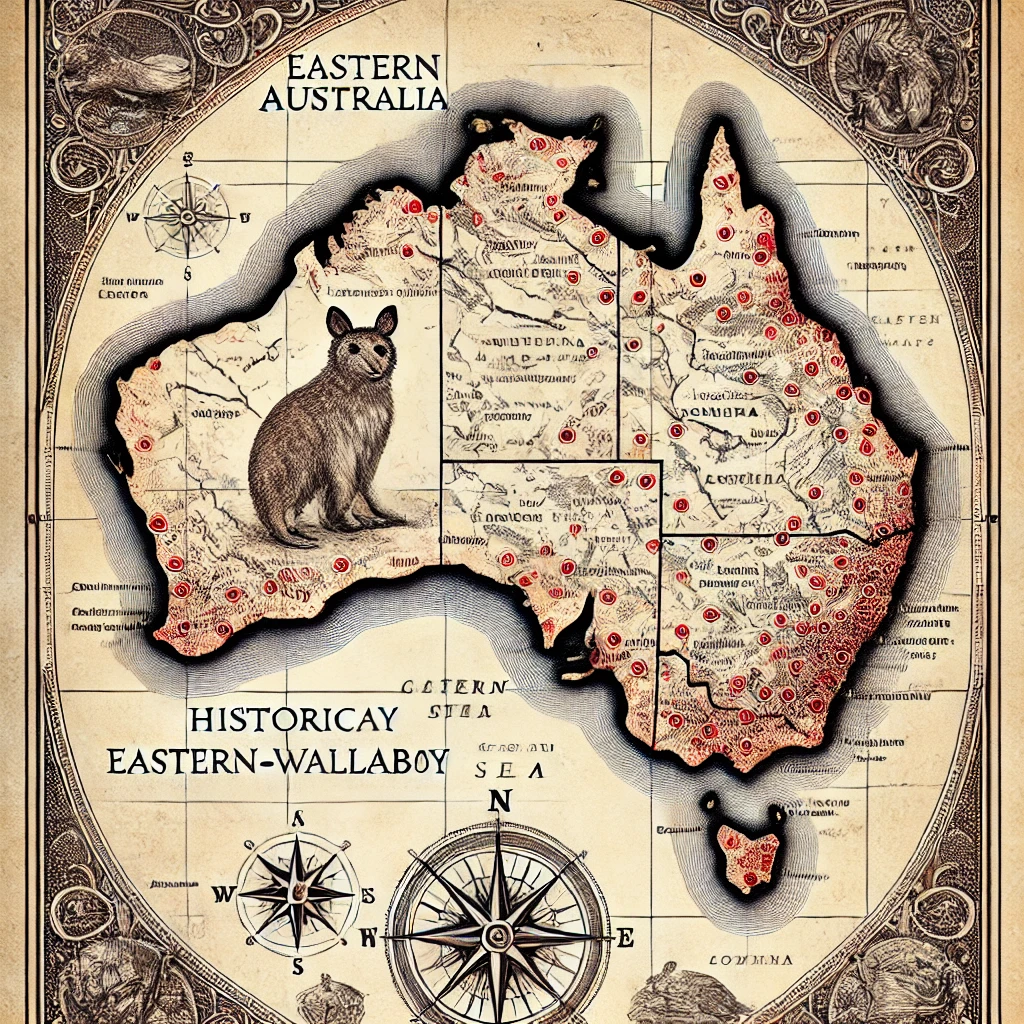
These details should provide a comprehensive overview of the Eastern Hare-Wallaby, ideal for educational and conservation-focused content on your website.
-
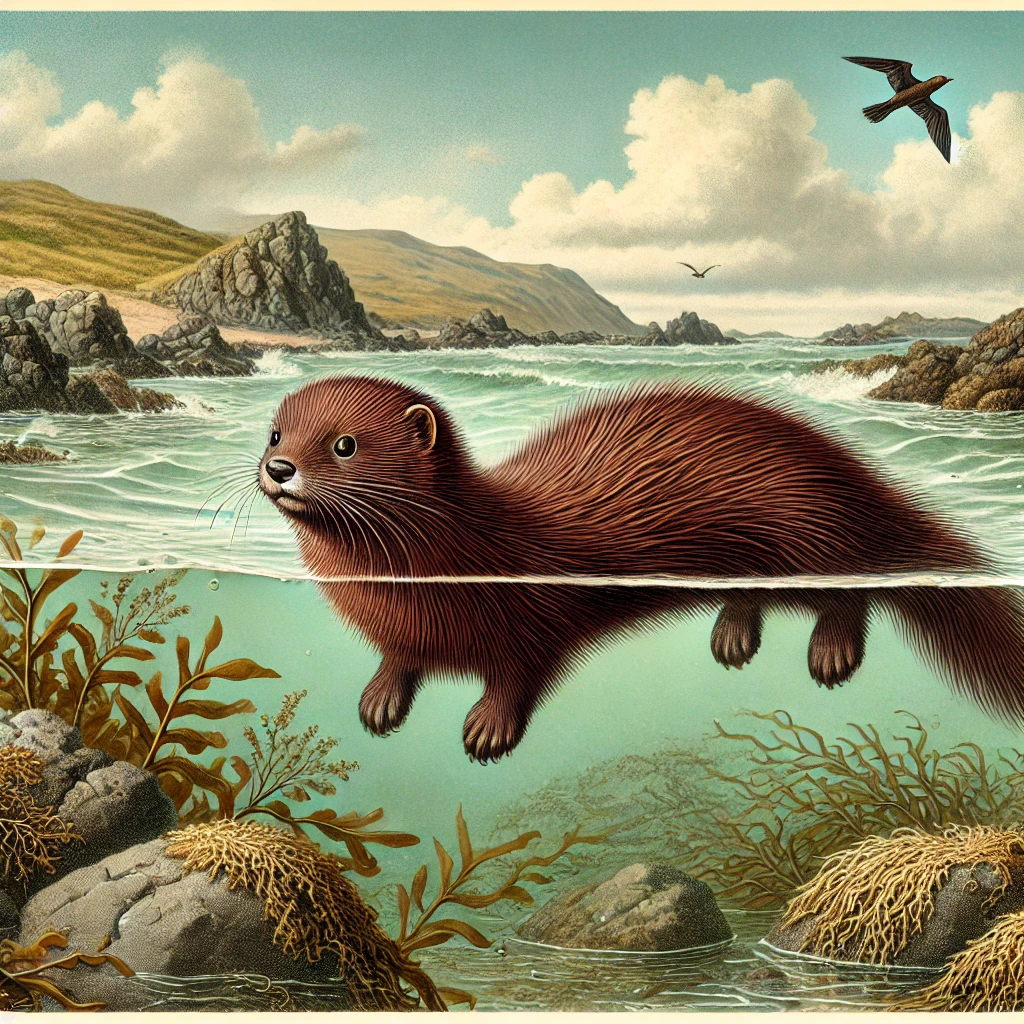
Sea Mink: The Lost Predator of the North Atlantic
-
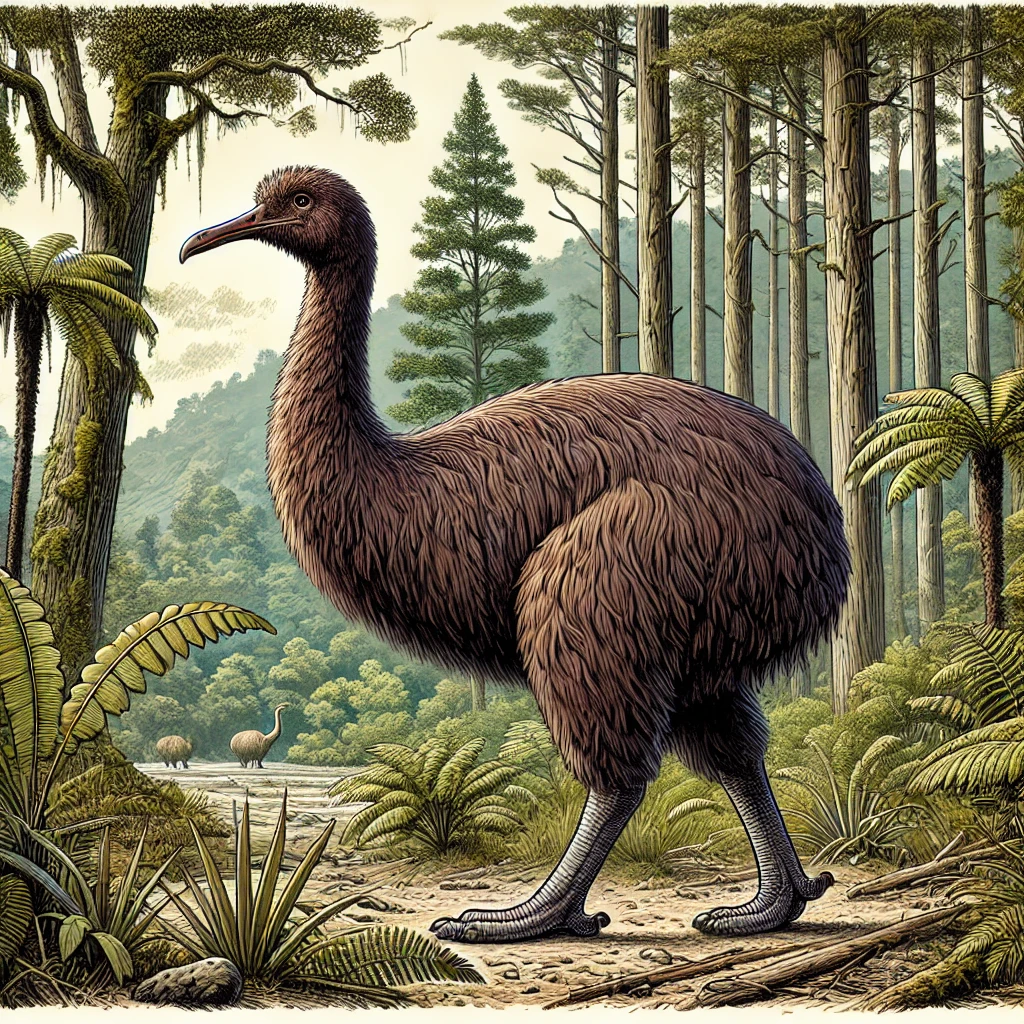
Moa: The Extinct Giants of New Zealand
-
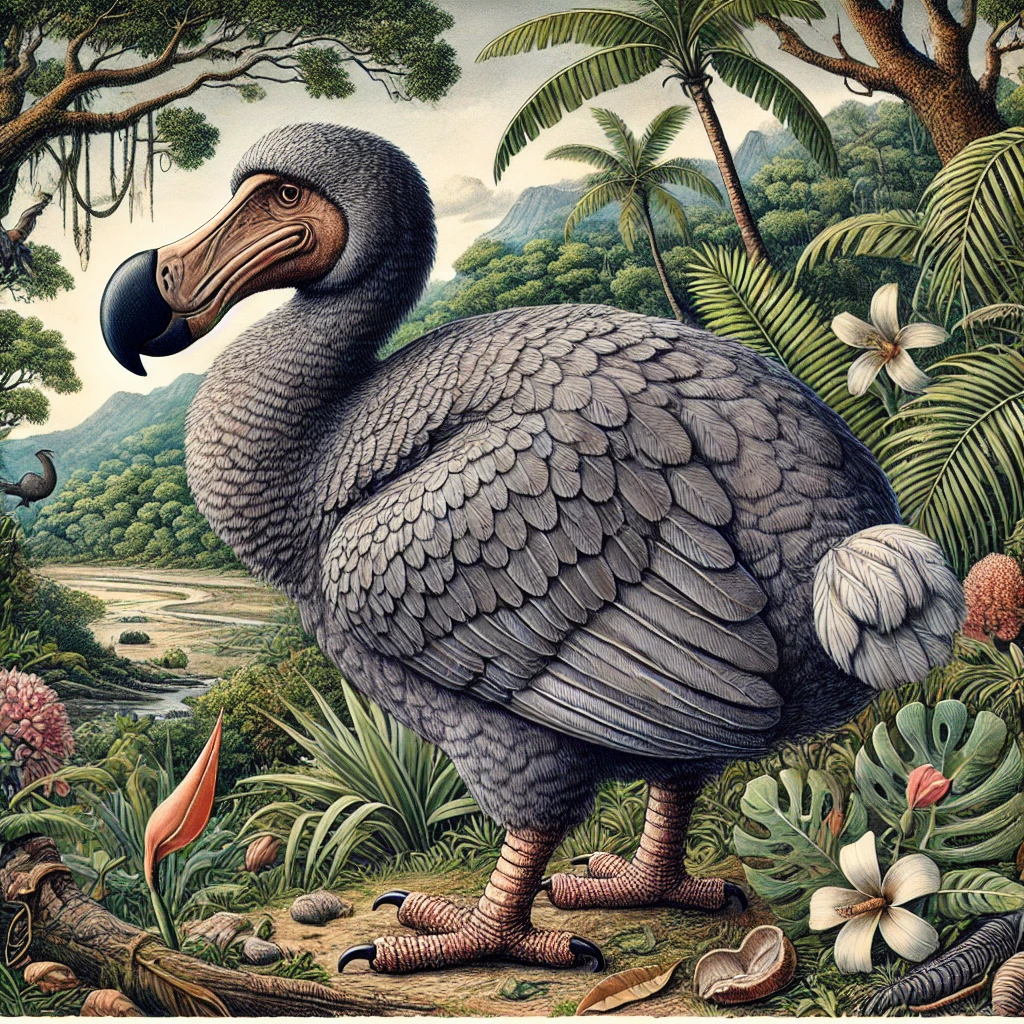
Dodo: The Iconic Symbol of Extinction
-
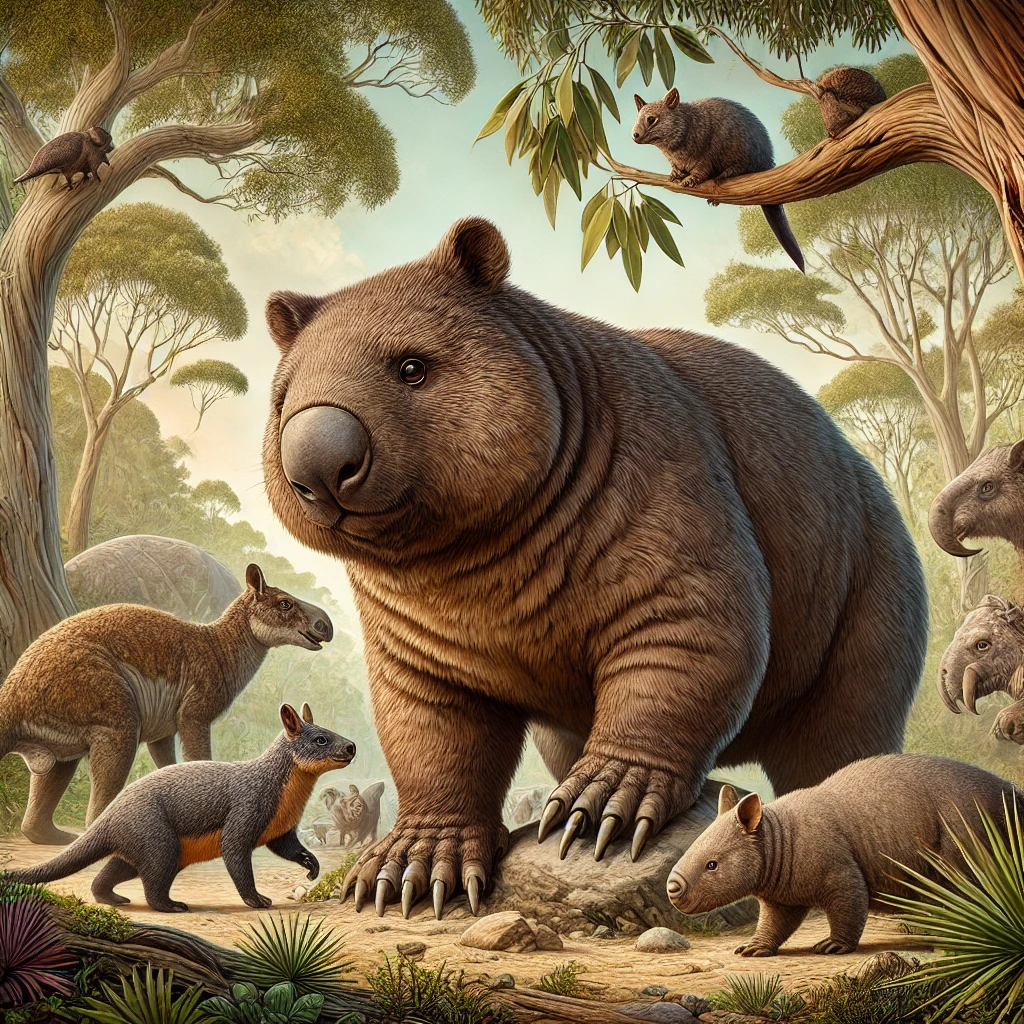
Giant Wombat: The Extinct Behemoth of Australia’s Ancient Forests
Views: 10
